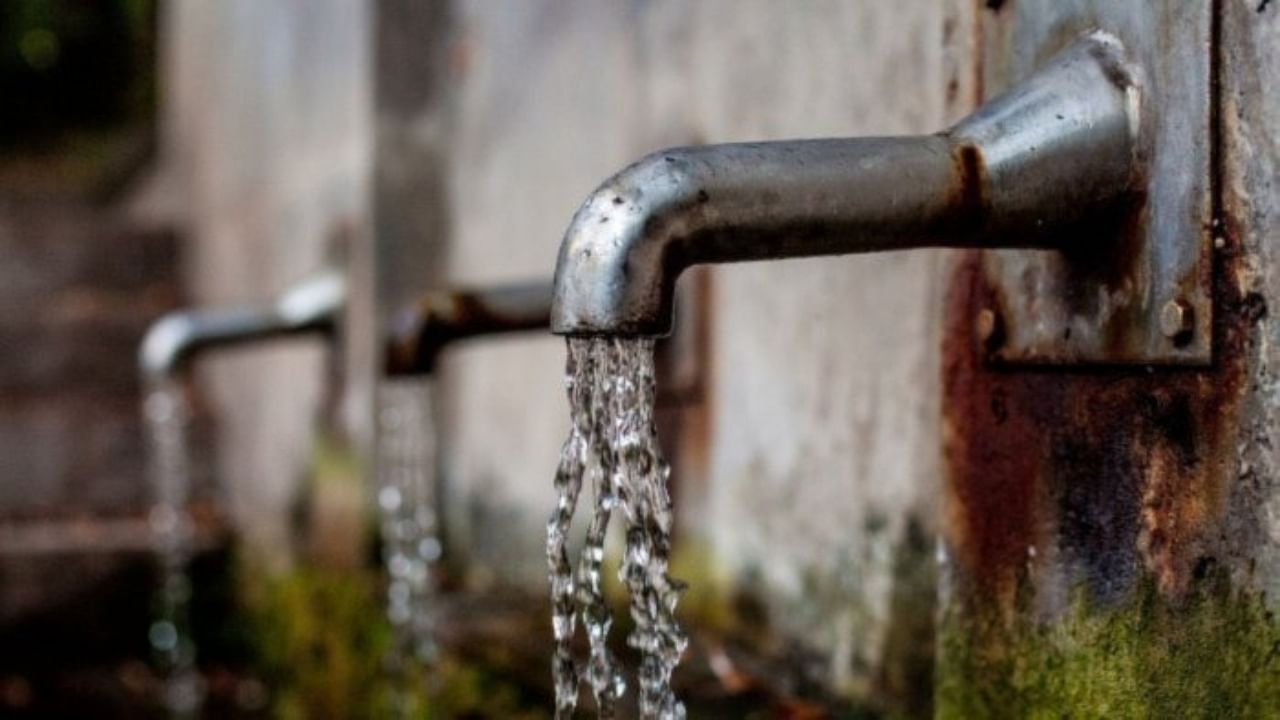
BWSSB is launching a pilot project for the first time in the state to move away from chlorination and towards the semi-automated injection of calcium hypochlorite to disinfect water.
Although newer methods of disinfection have become more widely used over time, the Bangalore Water Supply and Sewerage Board (BWSSB) has persevered with chlorination as its primary water purification process.
“Now, there are new techniques such as ozonation and the use of calcium hypochlorite (are available). However, since it is not widely used in India, we were not sure how it would work for Bengaluru water. Hence, we are taking up a pilot project to study the impact,” said Sanath Kumar, Additional Chief Engineer (Quality Assurance), BWSSB.
An official noted that while ozonation could be expensive, the use of calcium hypochlorite might be a more financially feasible option. The current practice of pumping chlorine into the water in gas form has the potential for catastrophic consequences if there is a leak. This has necessitated the exploration of more reliable methods of disinfection, the official added.
“Over the years, we have seen at least three incidents where our staff have lost their lives owing to such leakage. Many of our chlorination plants are in residential areas and any leakage would be disastrous,” the official said.
Kumar pointed out that the potency of chlorine in purifying water decreases as the water travels over a long distance before reaching its final destination.
“We estimate the amount of chlorine to be added based on the distance the water has to travel. However, from the TK Halli pumping station, water travels close to 110 km. Though we add chlorine at various levels, it might go down by the time it reaches the endpoint,” he explained.
In the initial phase, the semi-automatic system will be installed at five chlorination plants and integrated with the Supervisory Control And Data Acquisition (SCADA) system in order to keep track of the recorded data.
The project comes at a crucial juncture when the BWSSB is taking steps to ensure water contamination does not lead to an increase in waterborne diseases, particularly during the summer months.
“In the summer, diseases such as cholera and diarrhoea could spike and it is important that we take measures to ensure the quality standards do not go down by the time water reaches the end user,” an official said.